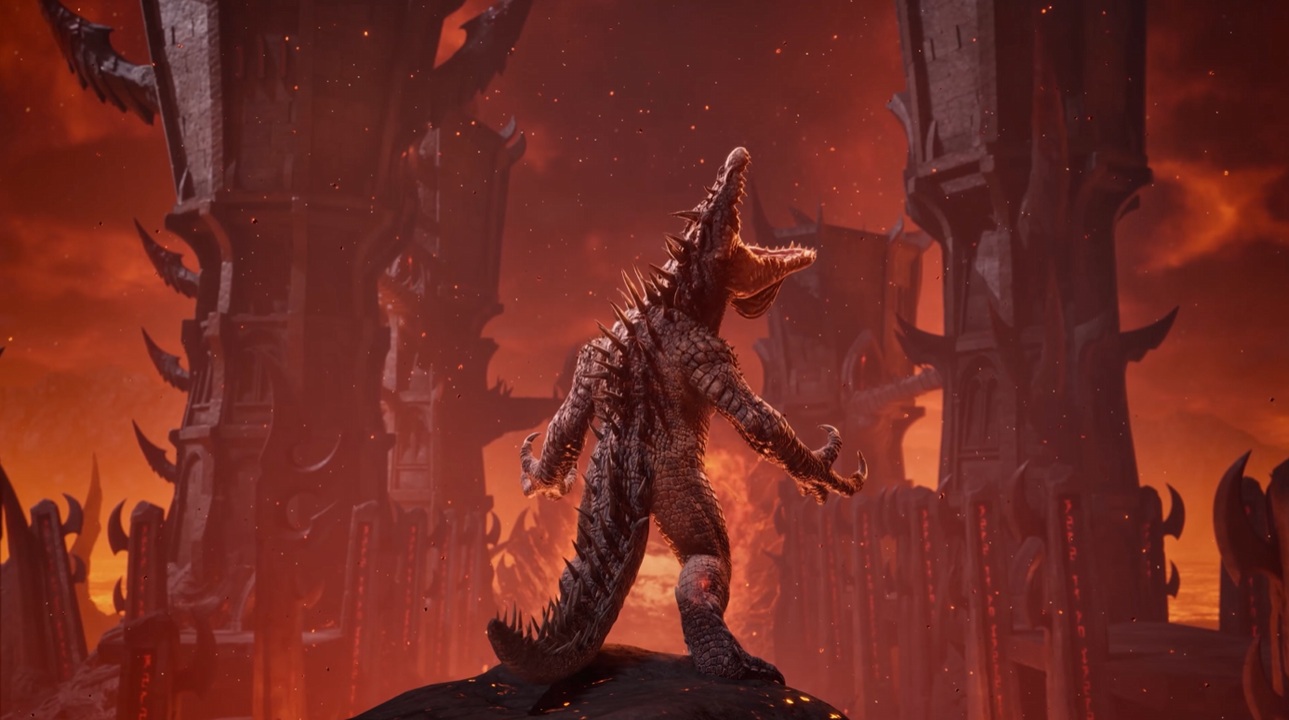Surface Pro 7 review: Microsoft's king of the 2-in-1s retains its crown
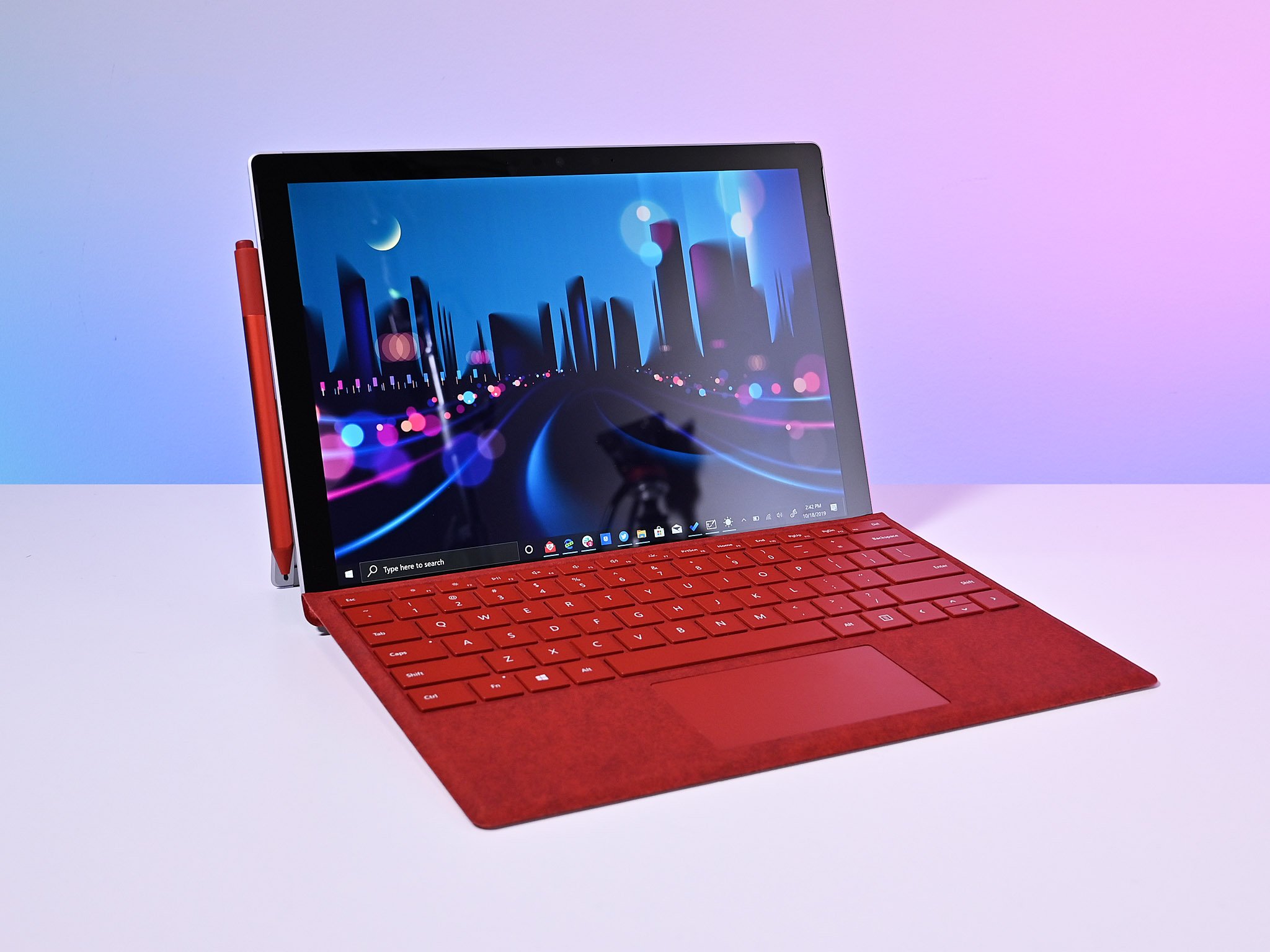

Last year, I reviewed the Surface Pro 6 and concluded that "an already exceptional 2-in-1 gets even better." That is the same story this year for the Surface Pro 7, and while that may sound monotonous, it reinforces just how crucial and intriguing the Surface Pro is after seven generations.
Now, with the latest iteration going on sale October 22, 2019, the Surface Pro 7 has become one of my favorite PCs despite all the great choices on the market. The new Intel 10th-Gen processor, Iris Plus graphics, and Intel Wi-Fi 6 go a long way. Oh, there's also that nifty USB Type-C universal port.
Here's why the Surface Pro 7 earns a near-perfect rating.
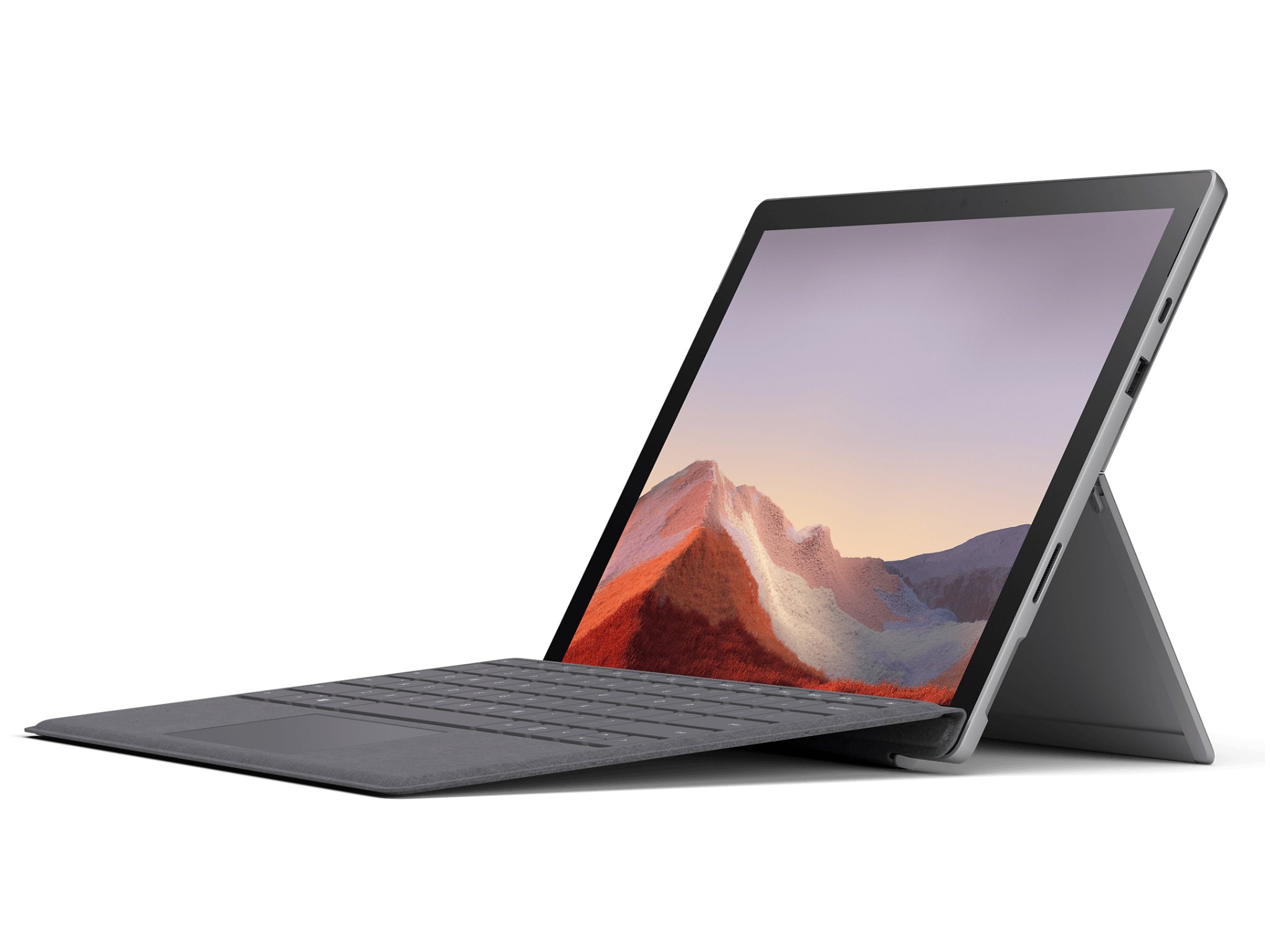
From $749Bottom line: While the Surface Pro 7's exterior looks like last year's model (and the year before that), the new 10th Gen Intel processor and Iris Plus graphics bring some serious horsepower to one of the coolest PCs around. The new USB Type-C port greatly expands its abilities, and switching to Intel for Wi-Fi goes a long way to perfecting this already great convertible.
For
- Exceptional performance for Core i5 version.
- USB Type-C.
- All-day eight-hour battery.
- Instant On and resume.
- Best 2-in-1 form factor.
Against
- No Thunderbolt 3.
- No LTE.
- No Dolby Vision or anti-glare display.
- Bezels look dated.
Just the important stuff
Surface Pro 7 what's new for 2019
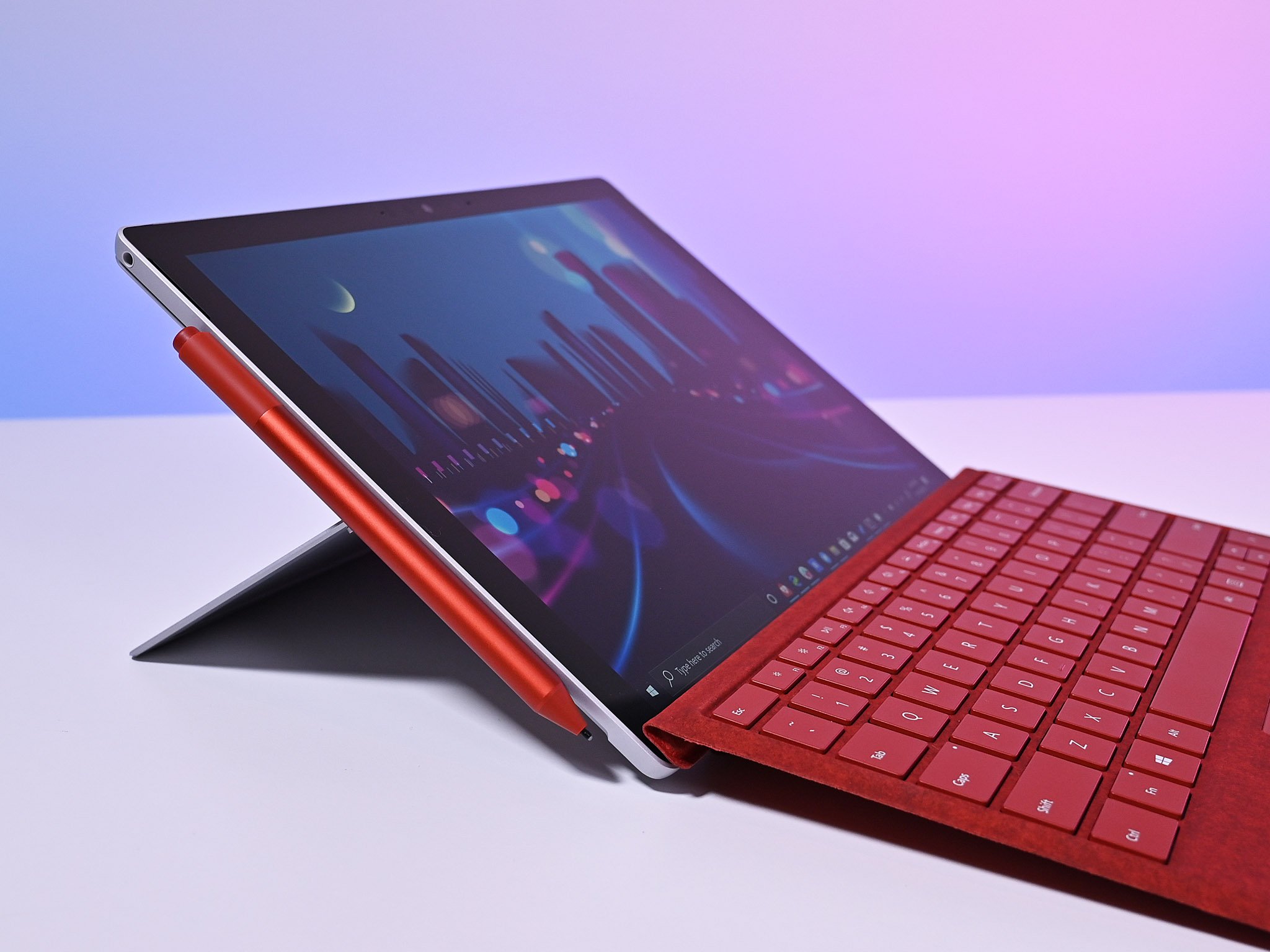
The Surface Pro 7 looks exactly like the Surface Pro 6 and Pro 5, but that betrays all the small – but not immaterial – internal changes, which include:
- USB Type-C 3.1 port (replaces Mini DisplayPort).
- Wi-Fi 6, 802.11ax compatible.
- Bluetooth Wireless 5.0 technology.
- Change from Marvel to Intel wireless.
- Instant On (never hibernates).
- 10th-Gen Intel processors (10nm "Ice Lake").
- Iris Plus graphics.
- DDR4 RAM.
- Surface Connect+ with fast charge.
- Dual far-field Studio Mics.
- New color Type Covers (poppy red and ice blue).
The new banner feature is USB Type-C, which replaces the aging Mini DisplayPort. Microsoft is finally making this change across its entire Surface line, including Surface Book 2, Surface Pro X, Surface Studio 2, and Surface Laptop 3.
While this Type-C port is not Thunderbolt 3, it can power dual 4K displays (60Hz), act as a charging port, use hubs, and transfer data. It's now a universal port, and it is quite powerful even if it can't power an external GPU (eGPU).
Get the Windows Central Newsletter
All the latest news, reviews, and guides for Windows and Xbox diehards.
For those looking for more specifics, the Surface Pro 7's Type-C port supports USB 3.1 Gen 2 (10GB/s) and DisplayPort 1.4. That also means it can accept high-capacity Type-C wall chargers ranging from simple smartphone ones at 5 watts and up to at least 65 watts while using fast charge. The laptop can likely utilize even 100W Type-C chargers, although those are rarer, and it is not clear if the Surface Pro 7 will utilize that extra power. At the very least, it means you can use a 65-watt Type-C charger and get similar benefits as the Surface Connect+ one.
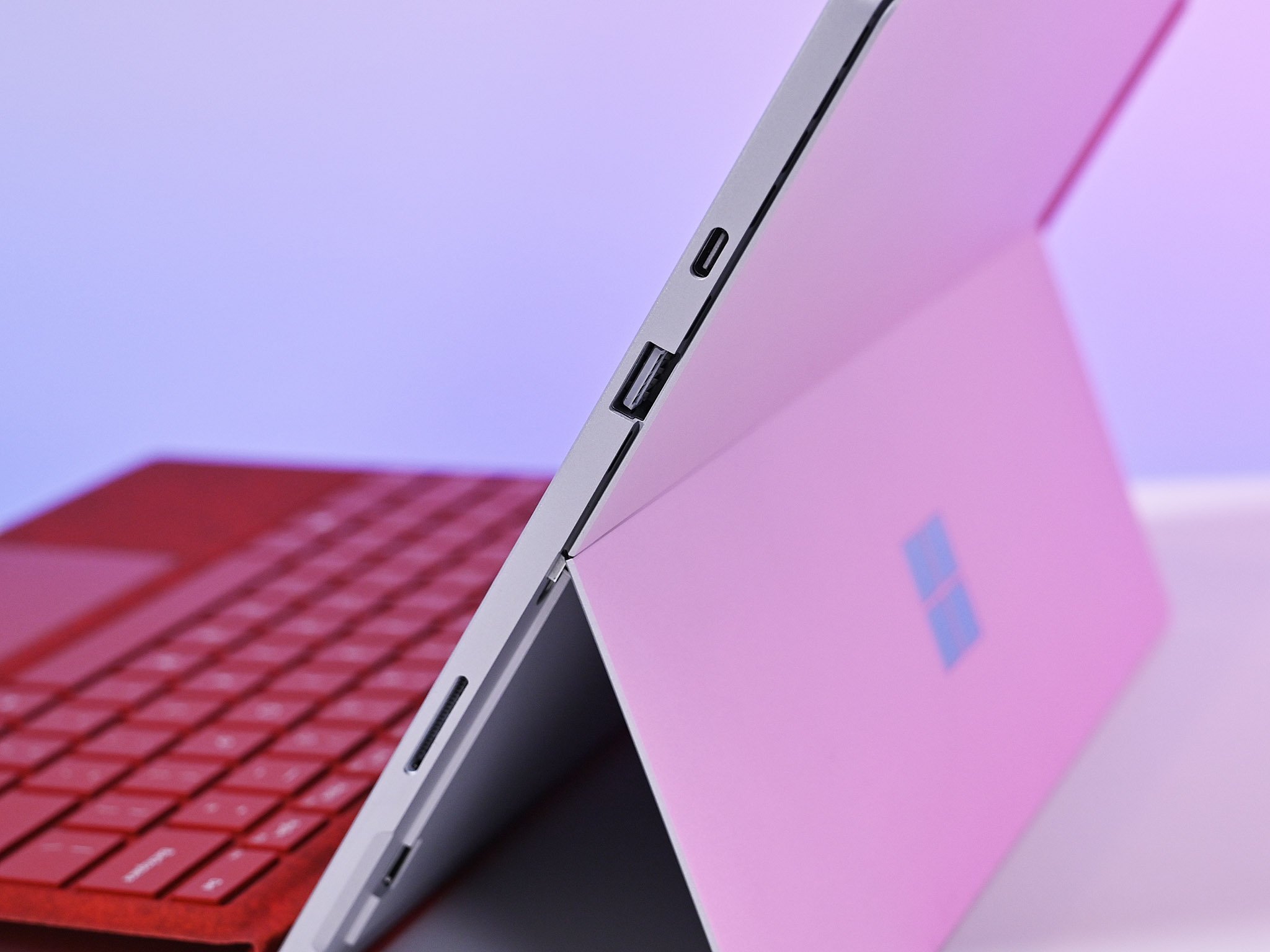
The switch from a Marvel wireless chipset to Intel is also noteworthy. Microsoft has been using Marvel for the last six generations of the Surface Pro, and while it has improved over time, it also caused some headaches for many users. By switching to the latest Intel chip (AX201), the Surface Pro 7 now supports 2.4Ghz, 5Ghz (160Mhz) and Wi-Fi 6, making it ready for the future.
| Category | Surface Pro 7 |
|---|---|
| Operating system | Windows 10 Home |
| Display | 12.3 inch Pixelsense, 3:2 aspect ratio, 2736x1824 (267 PPI) |
| Processor | 10th Gen Intel Core i3-1005G110th Gen Intel Core i5-1035G410th Gen Intel Core i7-1065G7 |
| Memory | 4GB LPDDR4x8GB LPDDR4x16GB LPDDR4x |
| Storage | 128GB SSD256GB SSD512GB SSD1TB SSD |
| Rear camera | 8MP autofocus (1080p) |
| Front camera | 5MP (1080p) |
| Security | Windows Hello face authentication camera |
| Connectivity | Bluetooth 5.0Wi-Fi 6 |
| Ports | One USB-COne USB-AOne microSDXCOne Surface Connect+Surface Keyboard connector3.5mm headphone jack |
| Battery | Up to 10.5 hours |
| Size | 11.5" x 7.9" x 0.33" (292 mm x 201 mm x 8.5 mm) |
| Weight | i3, i5: 1.70 lb (775 g)i7: 1.74 lb (790 g) |
| Colors | PlatinumBlack |
The change to 10th-Gen Intel processors is expected but not to be overlooked. As demonstrated in our benchmarks, this is a significant improvement in performance that we have not seen in some time. The same goes for the new Intel Iris Plus, which offers a modest boost for graphics of last year's Intel UHD 620.
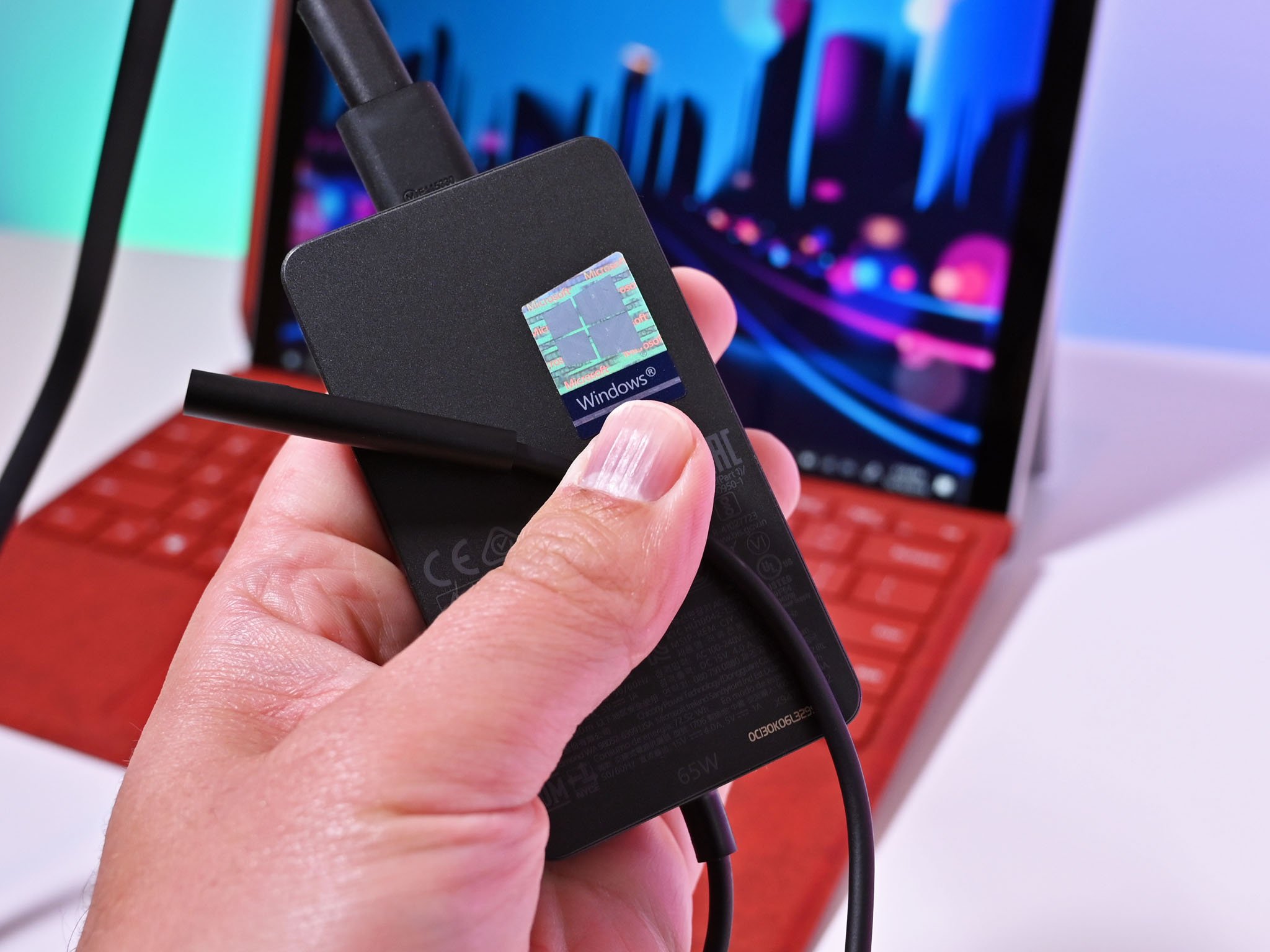
Microsoft also added "fast charge" to the Surface Connect port (now called Surface Connect+). It uses the same 65-watt charger as previous Surface Pros, but it can now charge the battery quicker.
A feature that was briefly glossed over by Microsoft is the new "Instant On" ability, thanks to a combination of that Intel 10th-Gen processor and some tweaking Microsoft has done. The Surface Pro 7 never enters hibernation like every other Windows PC or Surface before it. Instead, it is always in instant standby, so there is never any waiting for it to engage when you open the Surface Type cover. Whether you leave the Surface Pro 7 for two minutes or seven hours, it will always be ready to use, similar to how Qualcomm ARM PCs behave. This change is an extraordinary feature that makes the Surface Pro 7 similar to how an Apple iPad Pro operates.
The upgrade to DDR4 RAM (up from DDR3), improved dual "Studio Mics" for Skype or calls on Microsoft Teams, and adding two new colors to the Surface Type Cover line are minor tweaks, but still positive ones.
Looks the same but that's OK
Microsoft Surface Pro 7 design
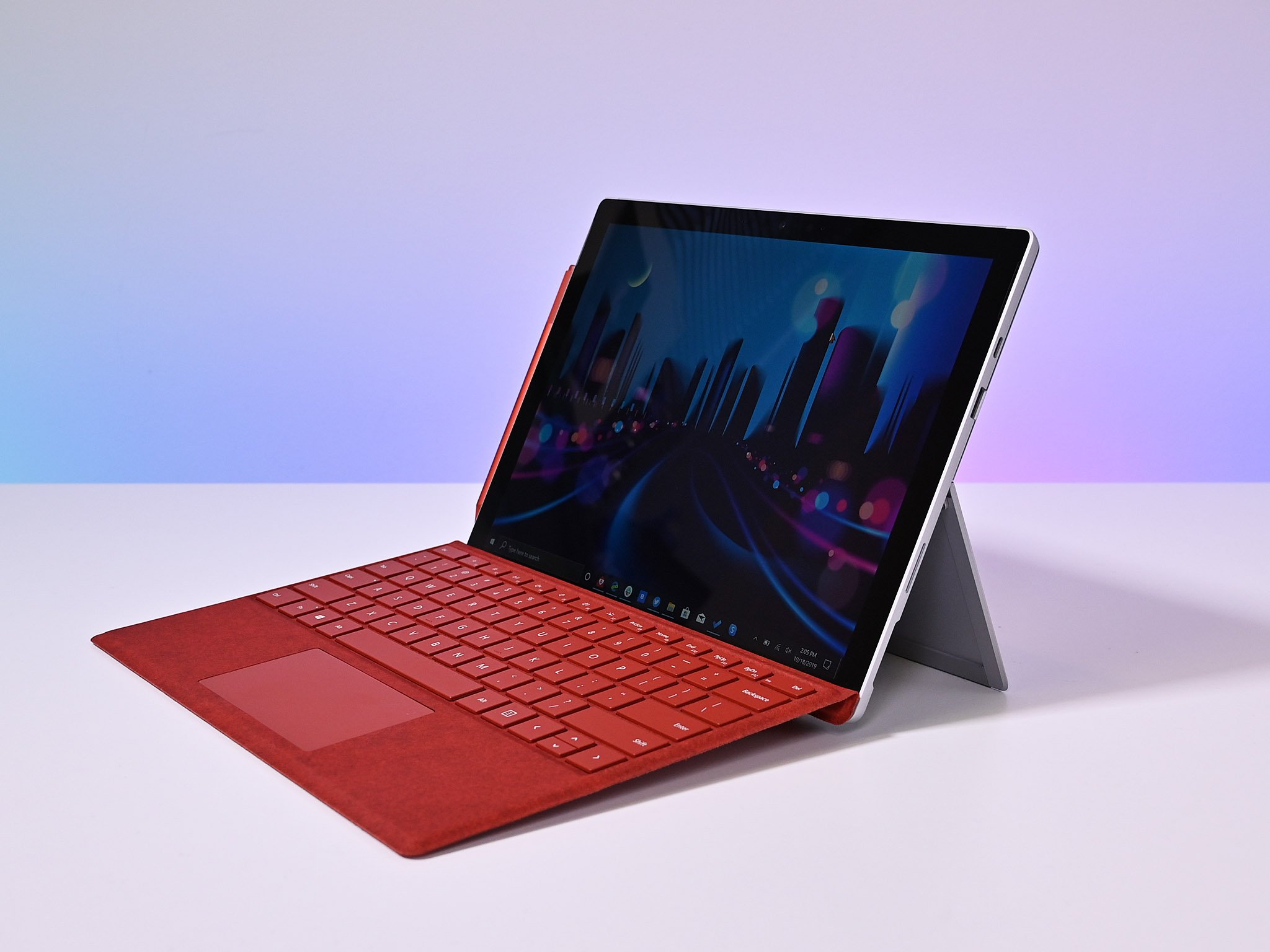
The overall design for the new Surface Pro 7 is the same as the Surface Pro 6 and Surface Pro 5. Colors for the Surface Pro's chassis are still matte black, which was introduced last year, or the traditional platinum color.
The power and volume keys are located on the top left of the Surface Pro. The Type-C, Type-A, and Surface Connect+ ports are located on the right side while the optional Surface Pen can magnetically stick to the left side.
Interestingly, the new Surface Pro X, which is made from the ground up for Qualcomm's Snapdragon 8cx, steals the design thunder from the Surface Pro. It's rumored Microsoft will bring similar design changes to the Pro line in late 2020. While thinner bezels would have been lovely for the Surface Pro, it's tough to be upset with its design, which works well even in 2019.
Great but could be better
Microsoft Surface Pro 7 display

Of all the changes to the Surface Pro 7, the lack of any to the display – especially when compared to other PCs – is the biggest frustration. It's still a superb screen and enjoyable to use, but Microsoft is falling behind the competition, not leading. The display is effectively the same as Surface Pro 6. Some enhancements in power consumption and minor tweaks likely have occurred, but there are no apparent differences.
You should not overlook the Surface Pro 7... it's the best yet.
The 12.3-inch LCD screen supports a resolution of 2736 x 1824 (267 PPI) with a 3:2 aspect ratio. Microsoft still offers two presets for the color gamut, including sRGB for color accuracy (photo editing) and "enhanced," which brings punchier colors and more contrast ideal for movies or regular usage.
Our brightness measurements pegged the Surface Pro 7's max output (100 percent) at 410 nits, while its minimum (zero percent) is barely visible at 2.8 nits. While good, the Surface Pro is beginning to fall behind competitors, who are achieving 500+ nits of brightness. That also translates into the lack of HDR400 (where 500 nits are needed) and the lack of Dolby Vision certification, something that is more mainstream.

Color accuracy is a decent 98 percent for sRGB, 73 percent for AdobeRGB, and 72 percent for DCI-P3. While those are good results, they are below that of something like the new Dell XPS 13 2-in-1, which achieved 100 percent sRGB coverage with AdobeRGB at 76 percent and DCI-P3 at 81 percent.
The Surface Pro 7's display is also still glossy with no anti-glare layer. Companies like HP, Dell, and Lenovo are investing heavily in anti-glare technology. The tech keeps the benefits of glossy displays, such as accurate color reproduction and wide color gamut, while also reducing reflectivity. That ability helps to lessen eye fatigue, and unfortunately, Microsoft has nothing to contribute here.
Another trend that Microsoft is missing out on is the push towards OLED displays. However, many users prefer the more natural look of LCD, making that more a subjective and personal critique.
New colors
Microsoft Surface Pro 7 pen inking
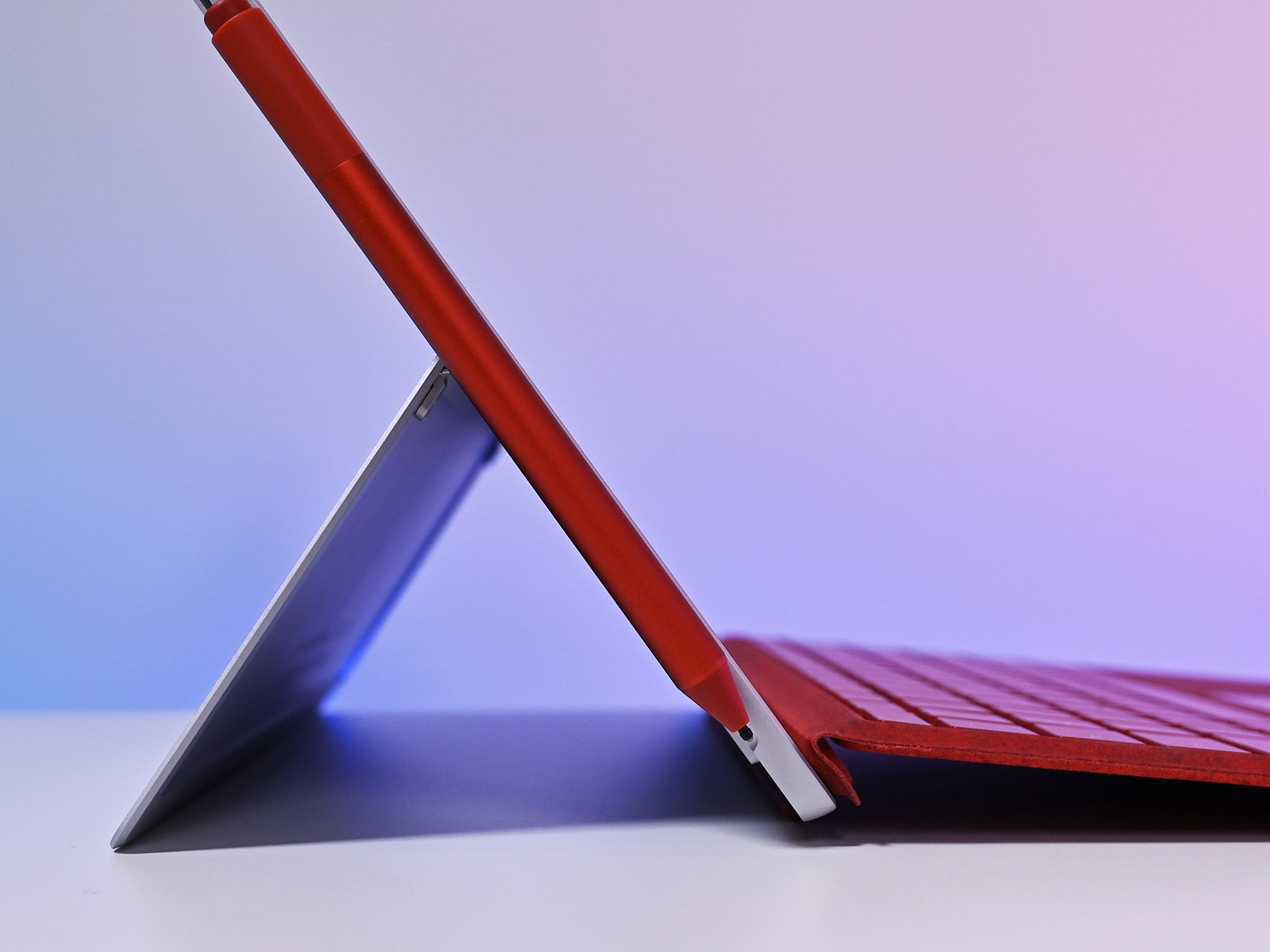
If you want to use digital ink on the Surface Pro, you need to shell out an extra $99 for the Surface Pen (although there are cheaper alternatives.
For 2019, there are two new colors for the Surface Pen that match the new Type Covers: poppy red and ice blue.
There is nothing new with the Surface Pen this year, so those who are upgrading can easily use their current Surface Pen and Surface Type Covers, saving $260.
The pen still has the same 4,096 levels of pressure, supports tilt, rotation, and Bluetooth. Activation force – the amount of pressure required before the pen activates – is nine grams. Microsoft also maintains just 2.1 milliseconds of inking latency from last year's model due to the inking co-processor that's part of the Surface Pro 7 display. That co-processor connects the GPU to the screen's digitizer and helps speed up pen calculations.
Best Surface Pen and Surface Slim Pen Alternatives in 2019
Microsoft has steadily improved both the firmware for Surface Pen and made better apps with more significant support, such as Microsoft To Do, OneNote, and Sticky Notes 3.0.
Microsoft also has a new Surface Slim Pen designed for the Surface Pro X. While that pen works with the Surface Pro, it doesn't seem to make much sense to spend the extra cash for it over the regular Surface Pen. The changes are mostly in the design.

Unleash your creativity
Just because Microsoft has a new stylus out, doesn't mean you necessarily need to buy it over the classic Surface Pen. This stylus still has excellent potential for creative work.
So fast its instant
Microsoft Surface Pro 7 Type Cover, Windows Hello, and resume
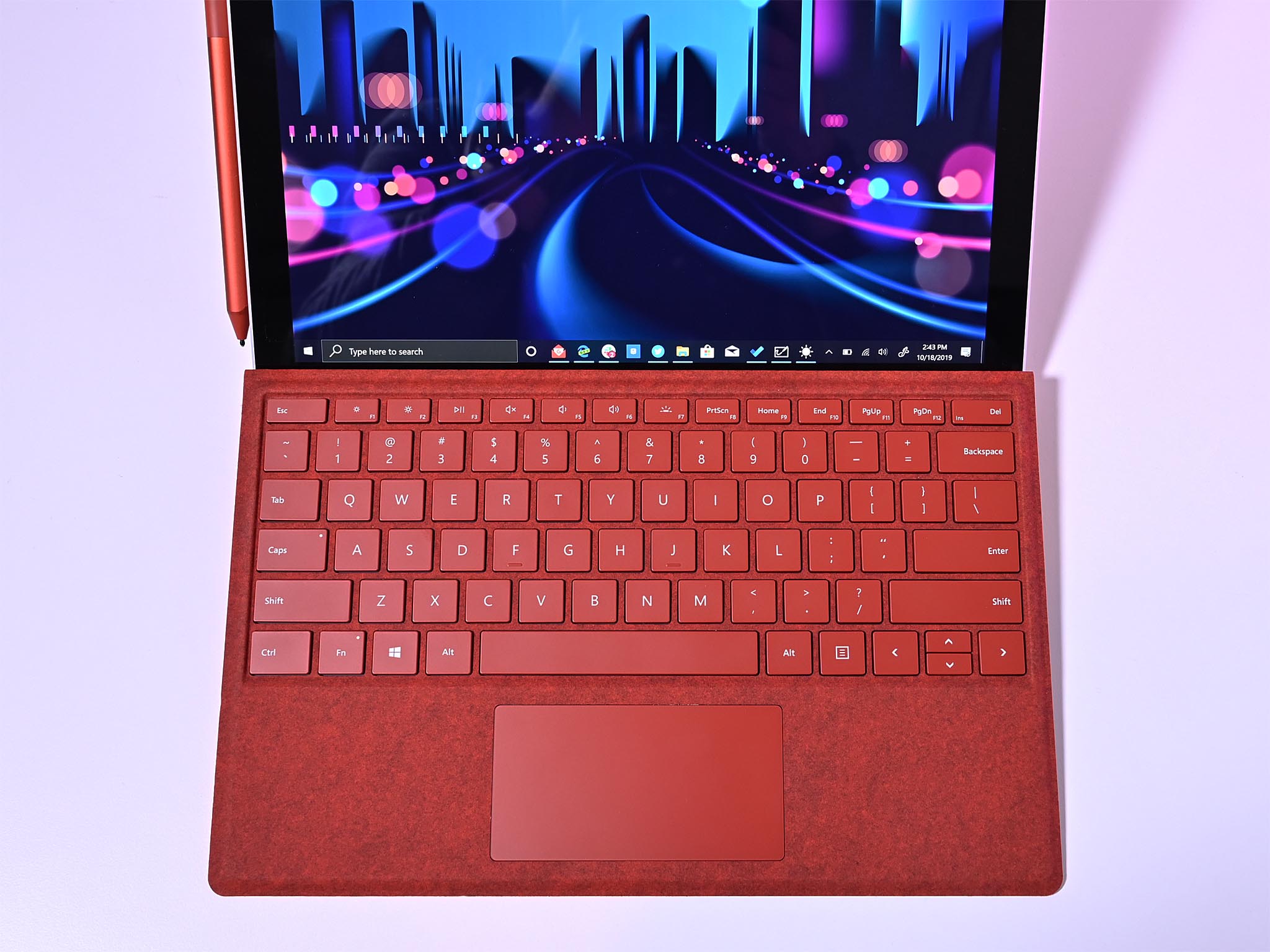
Typing on the Surface Pro 7 is still just as excellent as it has been for the last few years. The keys are three-stage backlit with 1.3mm of travel.
The new Type Covers don't have any new features or improvements. The trackpad, which uses Microsoft Precision drivers, is the same physical size as last year's and still works wonderfully considering the size restrictions.
Following the Type Covers from Surface Pro 5 and Surface Pro 6, the Pro 7's new Type Cover also had dedicated keys for changing the display brightness.
Everything you need to know about Alcantara
The new Type Covers also feature the Alcantara cloth material, making them extra comfy. Retail price is $160 and is not included with the Surface Pro, making it an additional but necessary purchase for most people. For those looking to save some money or who prefer a black cover with no Alcantara, Microsoft still sells that Type Cover for $130.
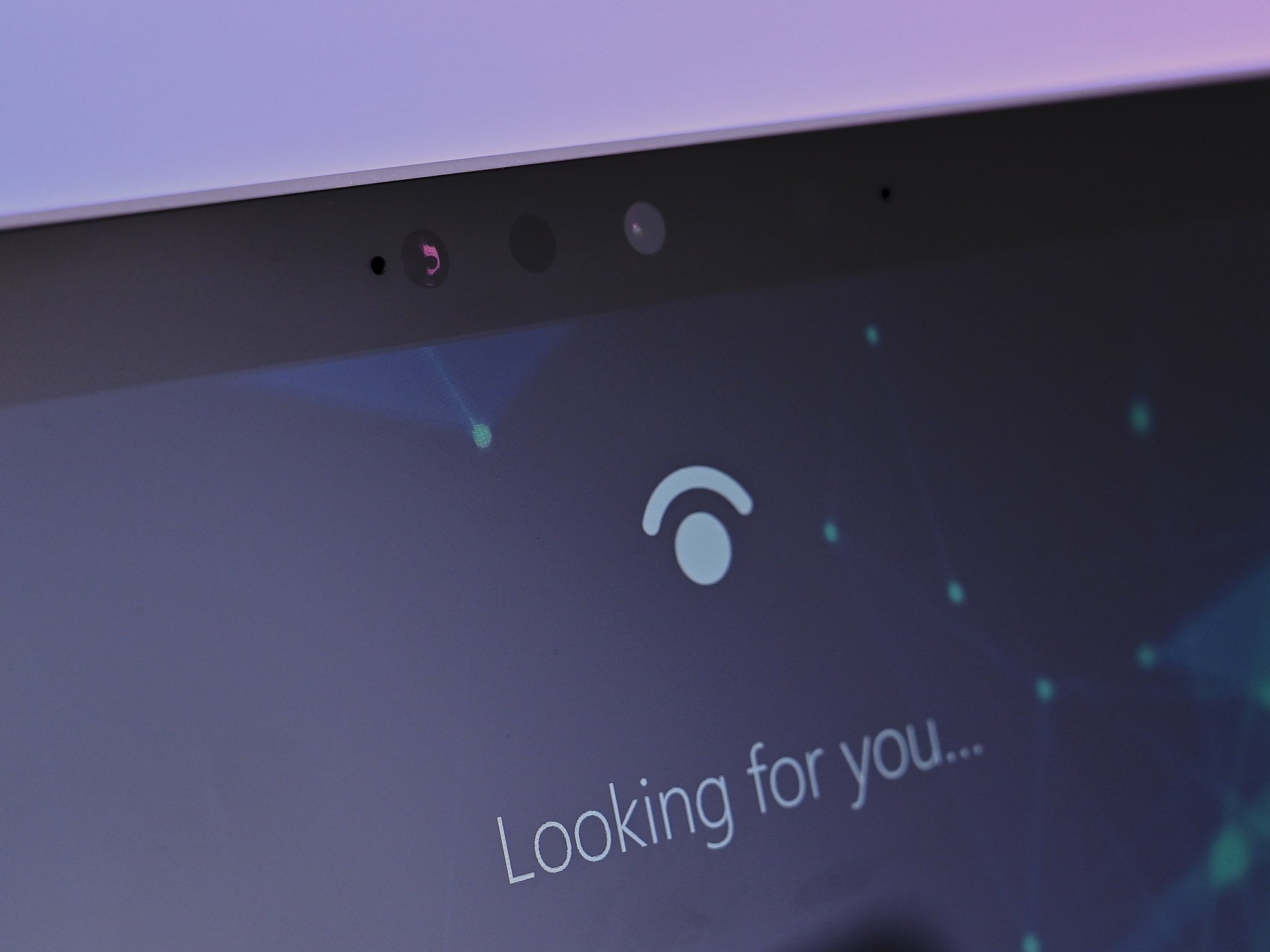
Windows Hello facial recognition is still present thanks to the 8MP (1080p) front-facing camera and sensors. That system is now flanked by two microphone holes for what Microsoft is referring to as Studio Mics. Those mics give a considerable improvement for video teleconferencing.
The Surface Pro 7 also includes a world-facing 5MP (1080p) camera ideal for whiteboard and OneNote use. Both it and the front-facing camera are some of the best on any PC on the market.
Windows Hello activation is now even speedier than last year's model. These small details are what separate Surface Pro from everything else on the market. By the time you drop the Type Cover and open Windows Hello, Surface Pro 7 will have already logged you in even after hours of nonuse. It's a fantastic experience and easily the fastest system I have tried.
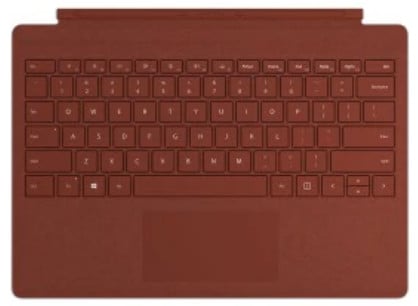
With Alcantara fabric finish
The Pro 7 brings a couple of new Signature Type Cover options, available in poppy red and ice blue colors. You still get a backlit keyboard and a Precision touchpad.
A massive performance boost
Microsoft Surface Pro 7 benchmarks and battery
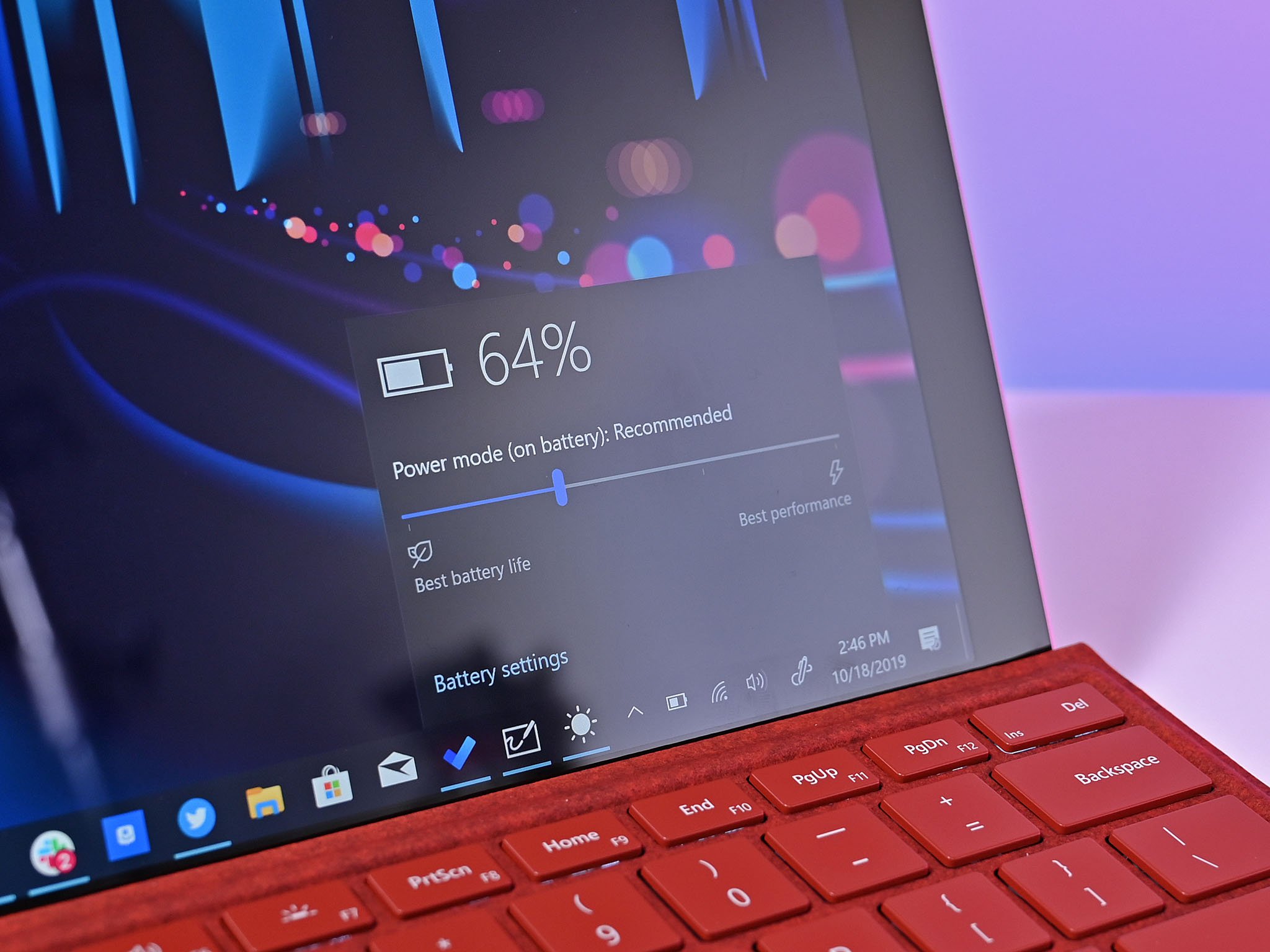
Microsoft is one of the first to adopt Intel's new 10nm 10th-Gen Core U-series processors. There's always a lot of hype around new Intel products, but the 10th Gen series delivers on that excitement. A Surface Pro 7 with a fanless Core i5-1035G4 will beat last year's Surface Pro 6 with an actively cooled Core i7- 8650U processor. That's an astonishing result.
Both Geekbench 4, Geekbench 5, and PCMark 10 show that Intel's 10th Gen series brings a serious performance boost. The fact you can now buy a fanless Core i5 Surface Pro and get more performance than last year's Core i7 – all for a lower price – is a massive win for consumers.
Geekbench 5
Geekbench 5.0 (CPU) (Higher is better)
| Device | CPU | Single core | Multi core |
|---|---|---|---|
| Surface Pro 7 | i5-1035G4 | 1,191 | 4,441 |
| Surface Pro 7 | i7-1065G7 | 1,205 | 4,852 |
| Surface Pro 6 | i7-8650U | 1,113 | 3,519 |
| Surface Pro 6 | i5-8250U | 904 | 3,440 |
| Surface Laptop 3 13.5 | i5-1035G7 | 1,177 | 4,413 |
| Surface Laptop 3 | Ryzen 5 | 769 | 2,720 |
| Dell XPS 13 2-in-1 7390 | i7-1065G7 | 1,209 | 3,571 |
| Dell XPS 15 7590 | i9-9980HK | 1,176 | 7,624 |
Geekbench 4
Geekbench 4.0 (CPU) (higher is better)
| Device | CPU | Single core | Multi core |
|---|---|---|---|
| Surface Pro 7 | i5-1035G4 | 5,245 | 17,350 |
| Surface Pro 6 | i7-8650U | 5,037 | 13,864 |
| Surface Pro 6 | i5-8250U | 4,287 | 14,031 |
| Surface Pro 5 | i5-7300U | 4,302 | 8,482 |
| Surface Pro 5 | i7-7660U | 4,513 | 9,346 |
| Surface Pro 4 | i5-6300U | 3,319 | 6,950 |
| Surface Laptop 3 13.5 | i5-1035G7 | 5,265 | 17,345 |
| Surface Laptop 3 15 | Ryzen-5 | 3,985 | 12,079 |
| Surface Laptop 2 | i5-8250U | 4,203 | 13,233 |
| Surface Laptop | i5-7200U | 3,725 | 7,523 |
| Dell XPS 13 2-in-1 7390 | i7-1065G7 | 5,459 | 19,097 |
| Razer Blade Stealth | i7-8565U | 5,139 | 16,339 |
| Dell Latitude 7400 2-in-1 | i7-8665U | 5,469 | 15,800 |
| HP Spectre x360 13t | i7-8565U | 5,056 | 14,767 |
| Lenovo Yoga C930 | i7-8550U | 4,787 | 15,028 |
PCMark
PCMark 10
| Device | Score |
|---|---|
| Surface Pro 7 i5 | 3,992 |
| Surface Pro 6 i7 | 3,644 |
| Surface Pro 6 i5 | 3,501 |
| Surface Laptop 3 15 | 4,006 |
| Dell XPS 13 2-in-1 7390 | 4,427 |
| Dell XPS 15 7590 | 5,521 |
| Dell XPS 13 2-in-1 7390 | 4,427 |
| Dell Inspiron 13 7390 2-in-1 | 3,764 |
| HP Pavilion x360 14 | 3,558 |
| Lenovo ThinkBook 13s | 3,468 |
GPU
Geekbench 5.0 OpenCL (higher is better)
| Device | GPU | Compute score |
|---|---|---|
| Surface Pro 7 | Iris Plus | 7,613 |
| Surface Pro 6 | Intel UHD 620 | 5,396 |
| Surface Laptop 3 15 | Vega 9 | 11,334 |
| Surface Laptop 3 13.5 | Iris Plus | 9,811 |
| Dell XPS 13 2-in-1 7390 | Iris Plus | 10,406 |
| Dell Inspiron 13 7390 2-in-1 | Intel HD | 5,632 |
| Dell Precision 3541 | NVIDIA Quadro P620 | 12,469 |
SSD
CrystalDiskMark (Higher is better)
| Device | Read | Write |
|---|---|---|
| Surface Pro 7 | 2,040 MB/s | 809 MB/s |
| Surface Pro 6 | 1,632 MB/s | 814 MB/s |
| Surface Pro 5 | 847MB/s | 801 MB/s |
| Surface Laptop 3 15 | 2,028 MB/s | 806 MB/s |
| Surface Laptop 3 13.5 | 2,338 MB/s | 1,583 MB/s |
| Surface Laptop 2 | 1,509 MB/s | 811 MB/s |
| Surface Laptop | 486 MB/s | 244 MB/s |
| Surface Book | 1,018 MB/s | 967 MB/s |
| Dell XPS 13 2-in-1 7390 | 2,400 MB/s | 1,228 MB/s |
| Huawei MateBook X Pro (new) | 3,416 MB/s | 2,779 MB/s |
| HP Spectre x360 13t | 3,085 MB/s | 1,182 MB/s |
| LG gram 14 2-in-1 | 558.1 MB/s | 523.1 MB/s |
.
While I didn't get a chance to test the new Intel Core i7-1065G7, I can imagine it is the fastest 15-watt chip around.
Thermals – even on this passively cooled Core i5 – are excellent. During a 25-minute benchmark, the system was merely warm at 91 degrees Fahrenheit (33 degrees C). Those numbers could go up in a more heated room or during the summer, but in most office environments, those results should hold.
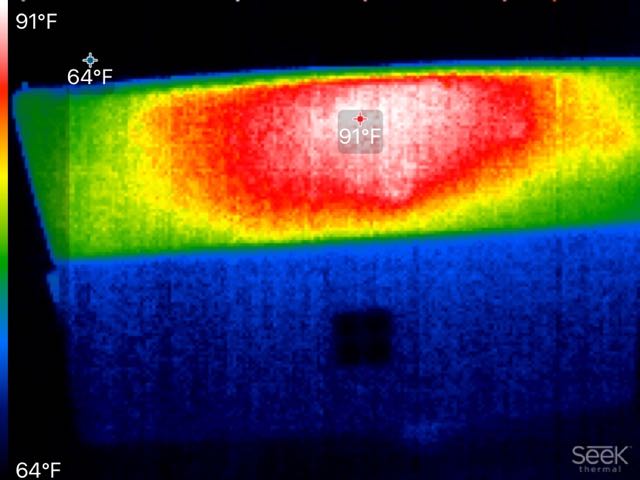
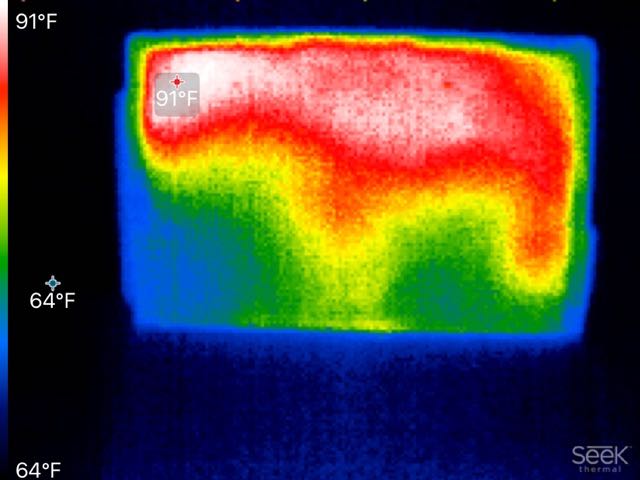
After having the Surface Pro 7 just short of a week, I cannot conclude if it is better for my daily handling. Microsoft is now claiming 10.5 hours of "typical usage." The company is adjusting how it estimates battery consumption, moving away from the misleading video-loop test to a more real-world experience. That test now consists of the Surface Pro 7 running a web browser with 10 tabs open and all the Microsoft Office apps running simultaneously.
The new 10th-Gen Intel processor and Iris Plus graphics bring some serious horsepower to one of the coolest PCs around.
For a synthetic battery test, I ran PCMark 10's new battery benchmark dubbed "Modern Office." That benchmark runs through a similar analysis of web browsing, video conferencing, Microsoft Office apps, with some idle time in between. My results pegged Surface Pro 7 with a Core i5 at eight hours. That's not bad, but the Surface Pro 6 with a Core i5-8250U was closer to 10 hours. It's difficult to conclude if that's because the 10th Gen Core i5 runs at a higher peak clock speed (3.7GHz vs. 3.4GHz), because the drivers are not as optimized yet, or a combination of both. Still, that eight hours is considered "all day" by most people.
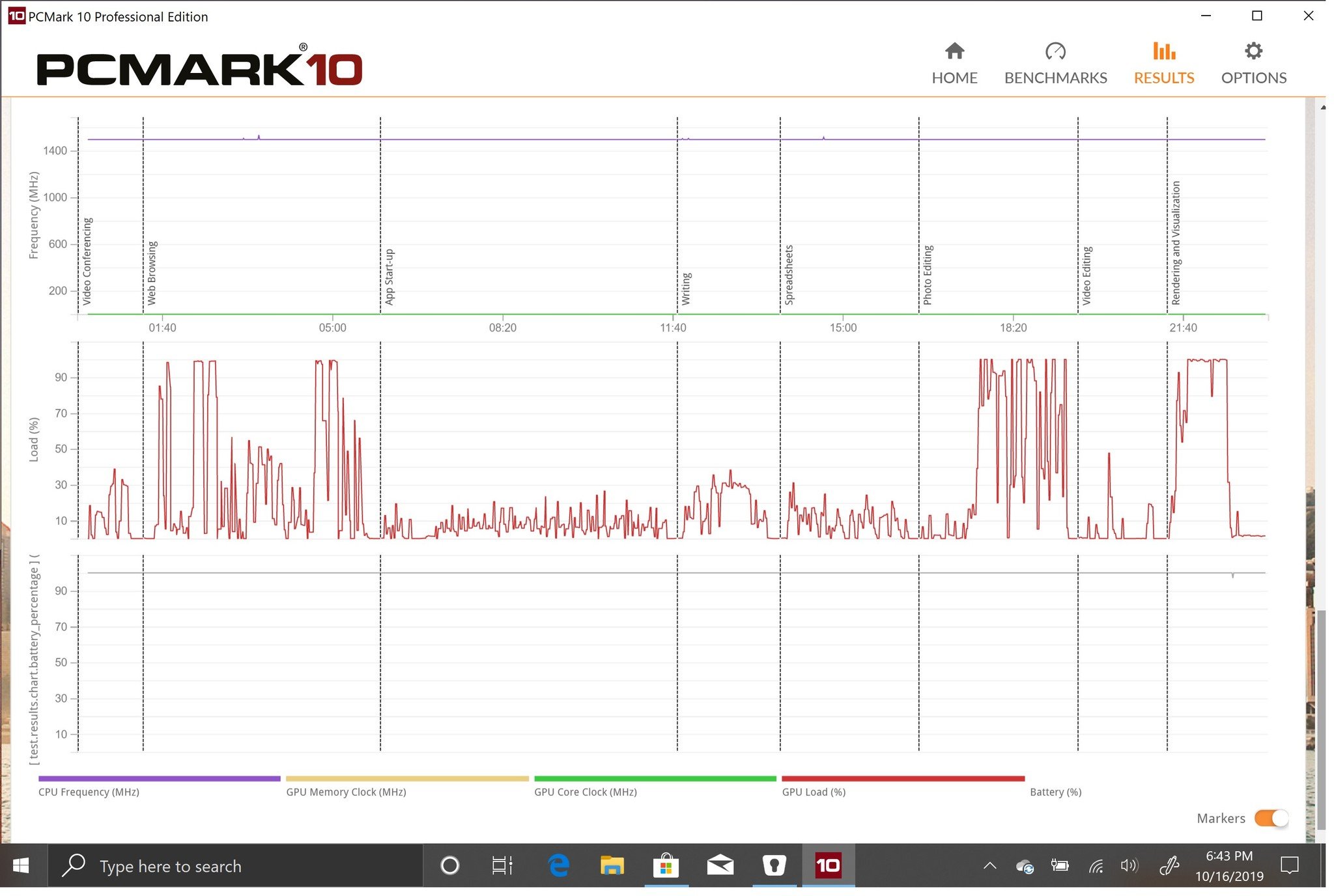
The new Intel Iris Plus graphics also deliver a nice boost. Iris Plus falls right between last year's Intel UHD 620 and NVIDIA GeForce MX150. That means it is OK for photo editing, occasional video editing, and arcade-style gaming.
Anything related to gaming, or heavy GPU usage though is taxing on the battery. Playing the arcade-side-scroller Broforce for 10 minutes dropped the battery by a whopping 10 percent. Stretched out, that means many games would kill the Surface Pro after 90 minutes on the battery.
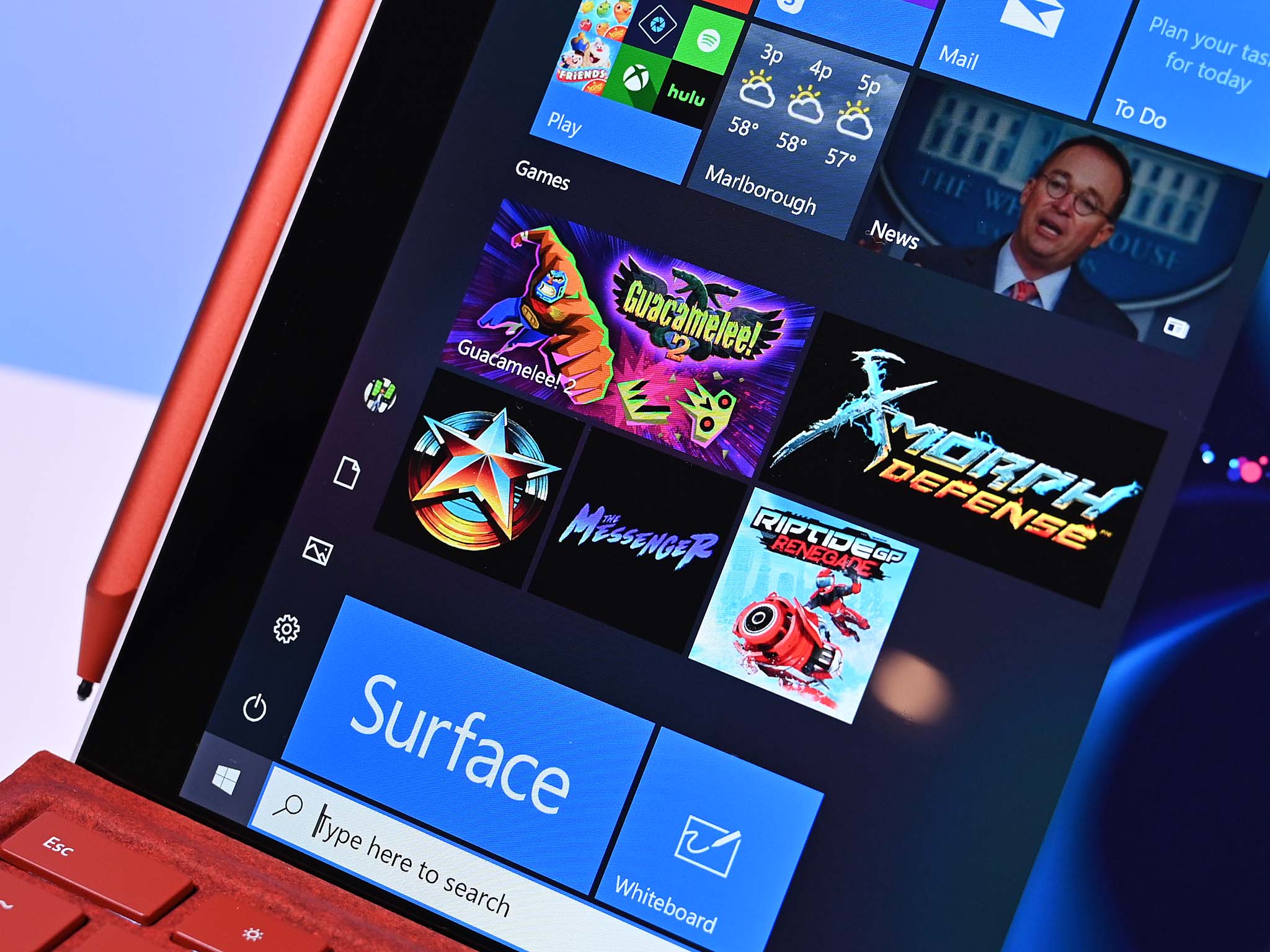
Luckily, the new fast charge feature for Surface Connect+ and the Type-C port somewhat saves the Surface Pro 7. Microsoft claims 0-80 percent in about an hour, but my experience places it nearer 0-70 percent. That is still terrific, though, and even after a 30-minute charge, the Surface Pro 7 jumped from 56 percent battery to 86 percent.
Because of the Type-C port, users are now also free to leverage portable Type-C battery packs with the Surface Pro 7, an excellent option for those away from a wall outlet.
Battery drain while not in use seems non-existent or very minimal. Left overnight for seven hours, the Surface Pro 7 lost only three to four percent of the battery.
The SSD for Surfaces has always been just OK, and that is the case here. The 256GB model yields 2,000MB/s for read, while writes were only at 800MB/s, far below the industry average. However, most people experience read performance, and there the Surface Pro 7 is closer to typical laptops. It's also an improvement over the Surface Pro 5 (847MB/s) and Surface Pro 6 (1,600 MB/s). It should be noted that due to the parallel nature of SSD storage, the 512GB and 1TB options are likely to improve those speeds too.
Buy or not?
Microsoft Surface Pro 7 still amazes
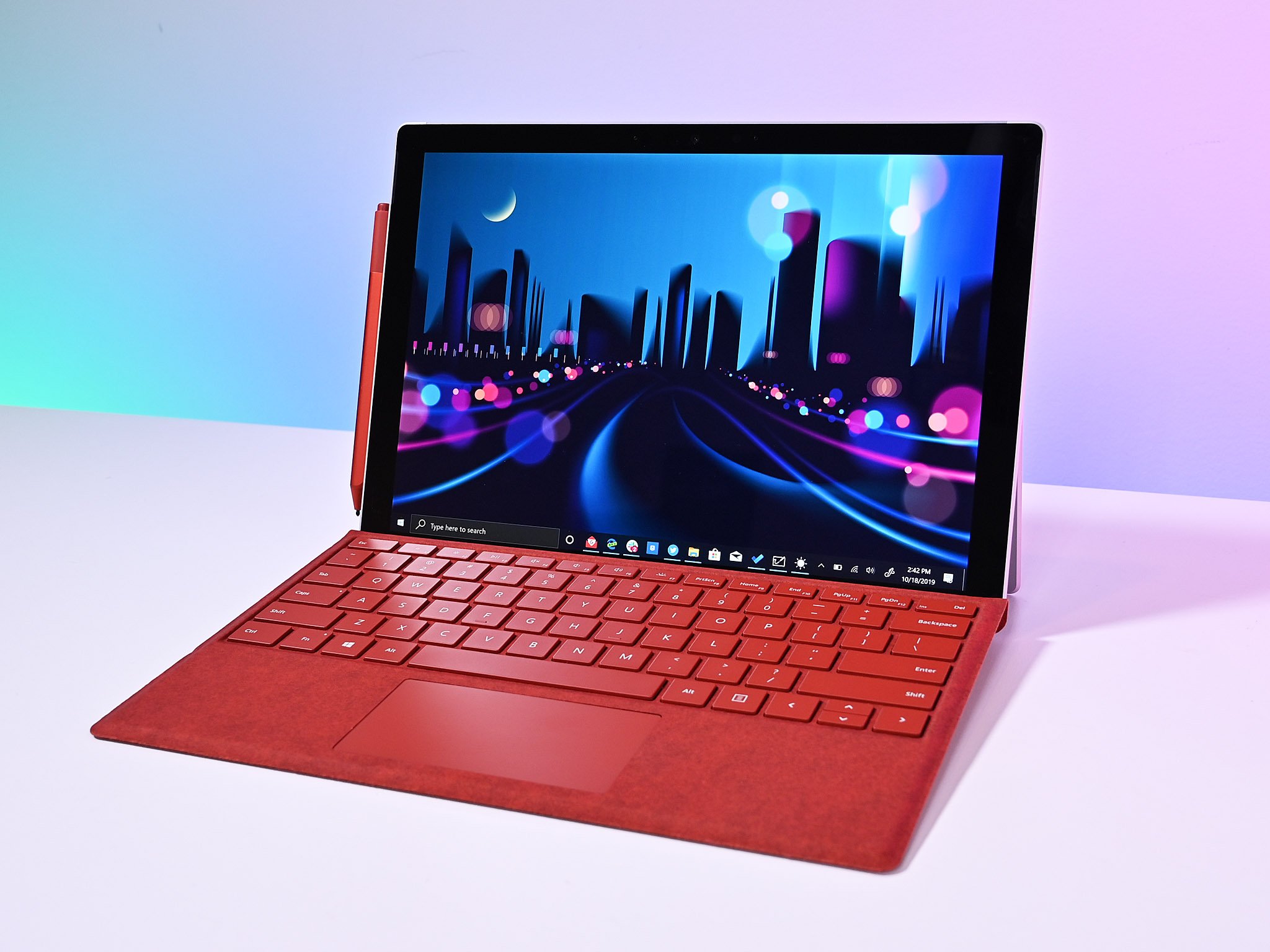
It may be hard to get excited about the Surface Pro 7. But part of that disappointment is that Microsoft effectively figured out what Surface Pro should be like with the Surface Pro 4 and Surface Pro 5 (2017). Since then, it has been merely tweaking it in all the right ways. Surface Pro 7 is an extension of that.
No other manufacturer has been able to make such a compelling 2-in-1.
Previous problems like loud fans, underperformance, or miserable battery life put the Surface Pro out of reach for my needs. The Surface Pro 7, though, is almost everything I want in a portable PC. Performance is excellent, typing and audio are still the best of the bunch, and battery life gets me through the day.
That Type-C port brings so many new options to the table, drastically increasing the Pro's abilities. I can now use portable displays like the excellent Lenovo ThinkVision, mobile battery packs, hubs for port expansion, or use my phone charger in a pinch.
While Thunderbolt 3 would have been fantastic, I still contend that most people want those universal abilities I mentioned. Using an eGPU is cool, but this is still a very niche case, one that I believe will drop dramatically once Project xCloud's game streaming comes to PCs.
The Windows Hello login and resume speeds (Instant On) are so fast that I could mistake this for a Qualcomm ARM device. That matters when you are opening and closing the Surface Pro dozens of times a day and brings it closer to behavior to the Apple iPad Pro.
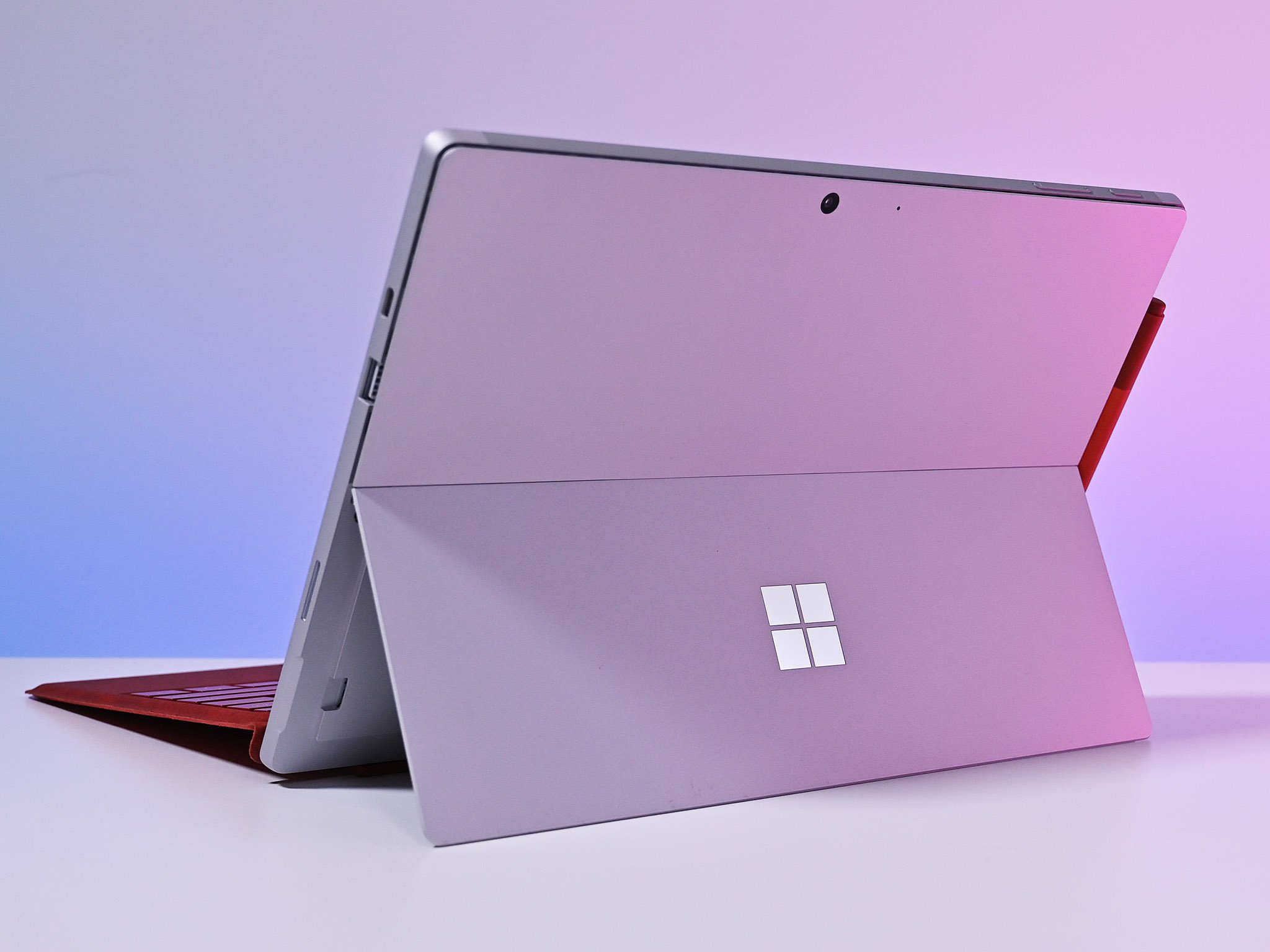
My only letdown is the Pro's display. Don't get me wrong it's excellent and looks fantastic. But the rest of the industry is adopting HDR400/Dolby Vision, and anti-glare technology, and Microsoft is not adding to that story. Windows 10 now supports playing HDR games and apps and wide color gamut apps, but the Surface Pro's hardware doesn't. That's unfortunate. If Surface Pro is supposed to represent the best of Windows 10, it's failing there.
Surface Pro 7 is truly the king of the 2-in-1s.
There is also the lack of an LTE option, but it is apparent Microsoft is keen on positioning the new Surface Pro X for that use case.
While the bezels look a bit dated, I'm also not taking points off. The fact is, a lot of people don't care that much and it doesn't distract from the usability expeirence. That said, if the display bezels really bother you, consider either the Surface Pro X or pin your hopes on Surface Pro 8 likely in 2020.
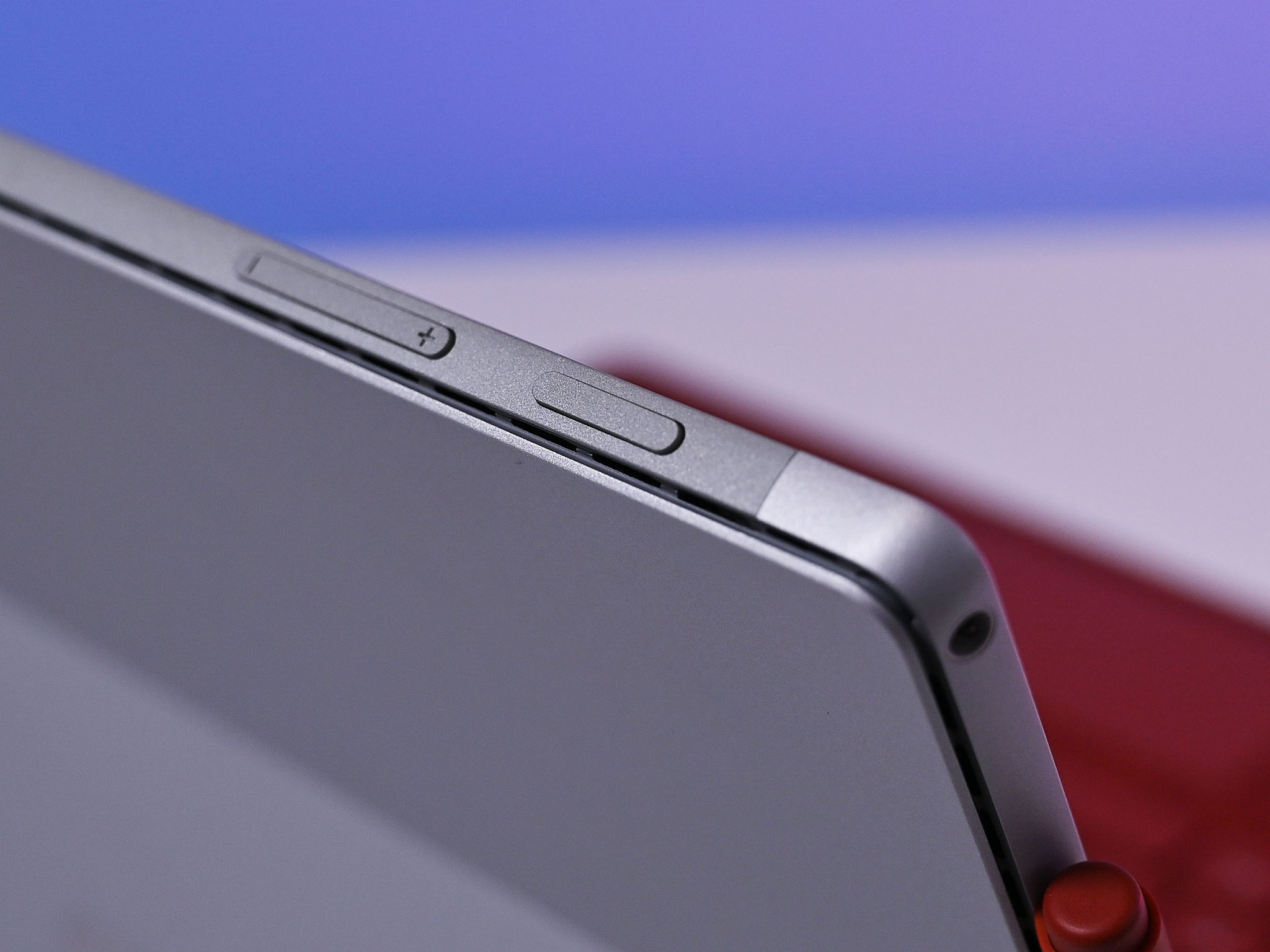
For most users, the Core i5 Surface Pro 7 is the ideal choice. Going by benchmarks, the Core i3 model should also do quite well, though it is still just a dual-core chip versus the i5 and i7, which are quad-core. The SSD and RAM are non-upgradeable, so buy what you will need.
The Core i7, which is likely enormously powerful, also brings a fan, so keep that in mind if you dislike the idea of an actively cooled system. That model is likely ideal for those who want to use a desktop dock where the Surface Pro will do double duty as a portable and desktop PC daily.
Overall, I am more impressed by the Surface Pro 7 than I expected when I started this review. It's simply terrific. It proves that the Pro's design is not only here to stay but that this the best iteration of it. While the price is still high ($1,200 for a Core i5, 8GB of RAM, and 256GB of storage, not including Type Cover and Pen), that "Surface tax" is well earned. No other manufacturer has been able to make such a compelling 2-in-1 like the Surface Pro 7, despite many attempts.
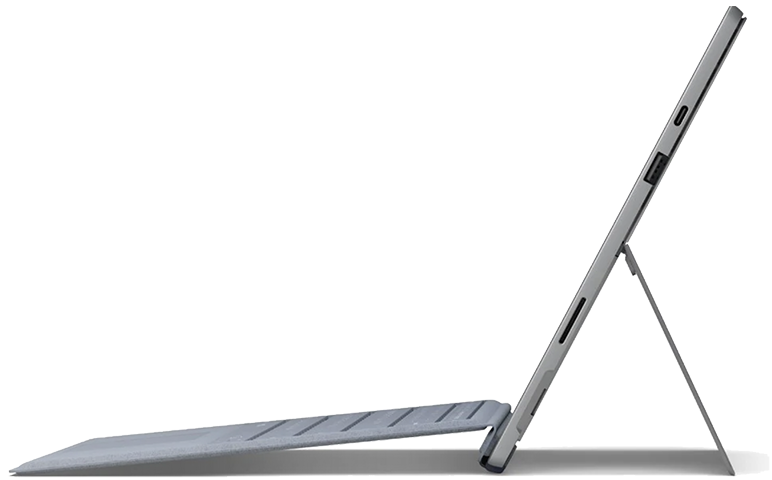
Type-C and 10th Gen Intel are game-changers
Microsoft has finally added a loaded-out USB Type-C port to the Surface Pro 7. When combined with Intel's latest 10th Gen processor and GPU, this year's Core i5 blows away last year's Core i7 all without a fan. Minor tweaks to the RAM, going to Intel for Wi-Fi 6, and Instant On ability make this Surface Pro 7 an absolute joy to use.

Daniel Rubino is the Editor-in-chief of Windows Central. He is also the head reviewer, podcast co-host, and analyst. He has been covering Microsoft since 2007 when this site was called WMExperts (and later Windows Phone Central). His interests include Windows, laptops, next-gen computing, and wearable tech. He has reviewed laptops for over 10 years and is particularly fond of 2-in-1 convertibles, Arm64 processors, new form factors, and thin-and-light PCs. Before all this tech stuff, he worked on a Ph.D. in linguistics, performed polysomnographs in NYC, and was a motion-picture operator for 17 years.
